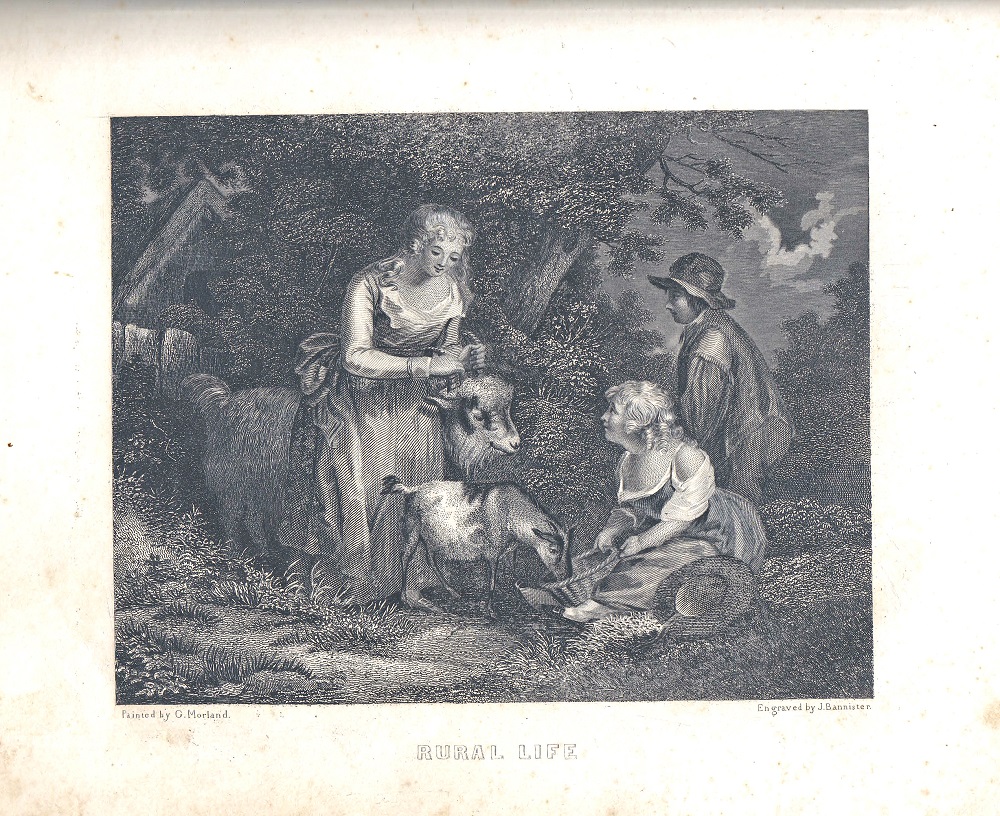PART ONE:
A WELL-OFF, PRESBYTERIAN, TEENAGE GIRL
PART TWO:
MARY'S POLITICS DURING THE CIVIL WAR
PART THREE;
HOW MARY WAS TOUCHED BY THE WAR
PART FOUR:
MARY IDENTIFIED AT LAST
POSTSCRIPT: WHERE THE ALBUM IS NOW
|
 |
|
From the first two parts of this story, you know that Mary was a Glasgow girl, born to privilege probably between 1843 and 1848, and of the Presbyterian faith. You know she owned an expensive, exquisite, leatherbound album in which Union soldiers and other friends wrote kind words.
But you do not yet know her last name, because the album does not say. You are as much in the dark as I was when I first opened the album as a birthday gift and puzzled over the scattered bits of information in it.
Maybe, on the other hand, the clues given so far have been enough. Maybe you are a better sleuth than I am, or can draw on historical knowledge I do not have. If not, here is an important further clue: that Mary was personally touched and terrorized by the blood being shed all around her.
In the mid-nineteenth century, penmanship was a high value. Typewriters were far in the future. Ability to write legibly with pencil or nib pen was a practical necessity. To do it with style was a mark of refinement, especially among women. The cursive of nearly all the entries in Mary’s album does more than get messages across. Its sheer beauty is dazzling.
An exception is an unsigned, undated account in pencil of a lethal skirmish of the war. Many of the words are scribbled. I suspect Mary wrote this page herself a few days after the event, in a hurry, trembling, still reeling from the horror.
“Captain Samuel W. Steinmetz,” the account begins, “with fifteen of his men were bushwhacked by a party of guerrillas commanded by Col. Jackman.” She says “Capt. S had one killed and two wounded, one mortally, one slightly.” She names the soldiers involved, but most of the names are illegible. “The loss on the Rebel side was seven killed and three wounded.” She says Captain Steinmetz raced back to Fayette, where he found reinforcements from Captain Leonard, “after which the Rebels were routed, killing 5 and wounding several….”
This was one of several engagements in Howard County during the spring of 1863, well documented in official records of the war. Samuel Steinmetz was from Glasgow, Reeves Leonard from Fayette. Both were Union officers. Sydney Jackman was also from Howard County, but he had sided with the South and now commanded a Confederate regiment. The Union controlled mid-Missouri that spring, but Jackman conducted repeated raids, going so far as to kidnap General Thomas J. Bartholow, a Glasgow businessman.
Steinmetz and Jackman would meet again, though Mary could not have known that when she set down the account of the skirmish in 1863. A year and a half later, on October 15, 1864, in the Battle of Glasgow, Steinmetz was among the Union troops defending the town, fighting under the handmade United States flag that is today enshrined in Lewis Library. Jackman commanded a cavalry brigade that clinched victory for the Confederate side.
Samuel Steinmetz was killed in the battle, as was his younger brother Aaron. They are buried together in Washington Cemetery.
The album contains no reference to the Battle of Glasgow. Perhaps the horror was beyond what Mary could set down in words.
There is a brief entry, not quite three months after that battle, from Mary’s own hand. This was a time when bushwhackers continued to terrorize residents loyal to the Lincoln government, and when Union militias searched out Southern sympathizers, burned their homes, and sometimes killed the men.
Mary’s brief sentence, around which a box is drawn in pencil, has the heavy, acrid odor of despair: “4th day of Jan. 1865, where will we all be this time next year, 1866?”
Clearly, the war was close to Mary, enough to make her fear for the future and her own life.